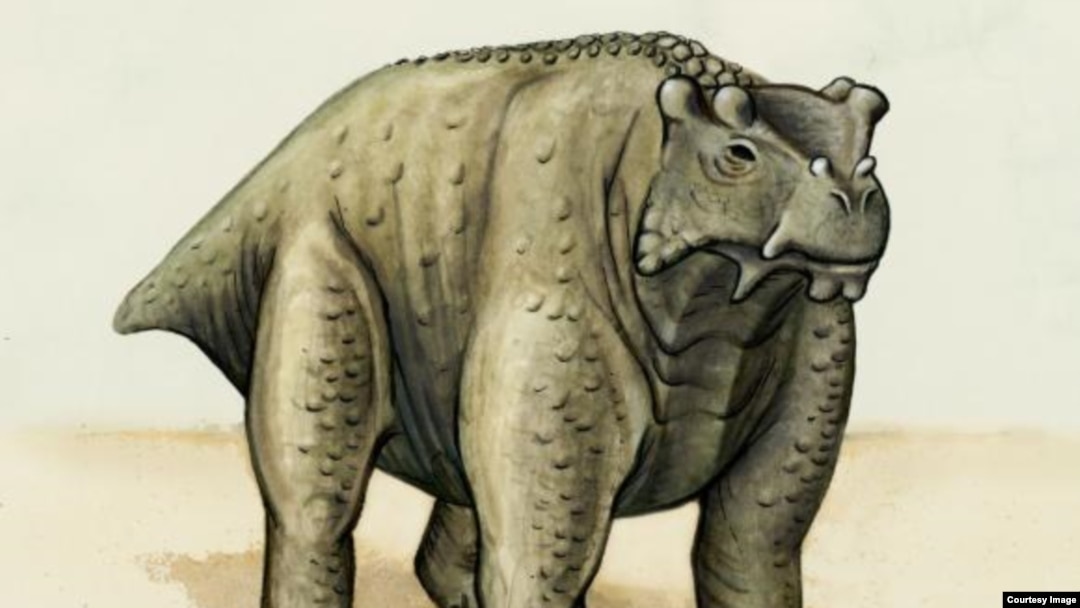Walking on all fours was a major evolutionary development, and now scientists believe it happened at least 260 million years ago, far earlier than previously thought.
The analysis comes after researchers at Brown University looked at the fossilized bones of a pre-reptile called Bunostegos akokanensis.
Bunostegos, an herbivore who roamed the supercontinent called Pangea, was unlike other known, similar creatures of the time that researchers say likely walked like modern-day lizards.
“A lot of the animals that lived around the time had a similar upright or semi-upright hind limb posture, but what’s interesting and special about Bunostegos is the forelimb, in that its anatomy is sprawling — precluding and seemingly directed underneath its body — unlike anything else at the time,” said Morgan Turner, lead author of the study in a statement. “The elements and features within the forelimb bones won’t allow a sprawling posture. That is unique.”
The findings allow researchers to surmise how Bunostegos appeared.
“Imagine a cow-sized, plant-eating reptile with a knobby skull and bony armor down its back,” said co-author Linda Tsuji of the Royal Ontario Museum, who discovered the fossils in Niger with a team of paleontologists in 2003 and 2006.
Keys to the discovery were found in the shoulder and elbow joints, according to researchers.
The shoulder, they said, would not allow the arms to sprawl like a lizard, and the elbow appears to offer a more narrow range of motion, meaning it likely only allowed forward and backward movement, much like our knees.
The limb bones, too, lead scientists to believe Bunostegos walked on all fours.
Bunostegos lived in an arid environment, meaning it likely had to walk long distances between meals, researchers said. Walking on all fours would have been a more efficient way of moving, they said.
The study was published in the Journal of Vertebrate Paleontology.




